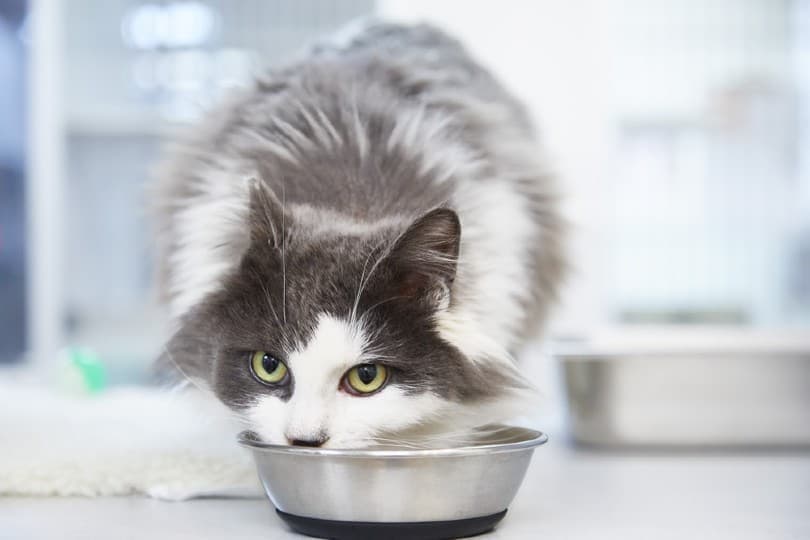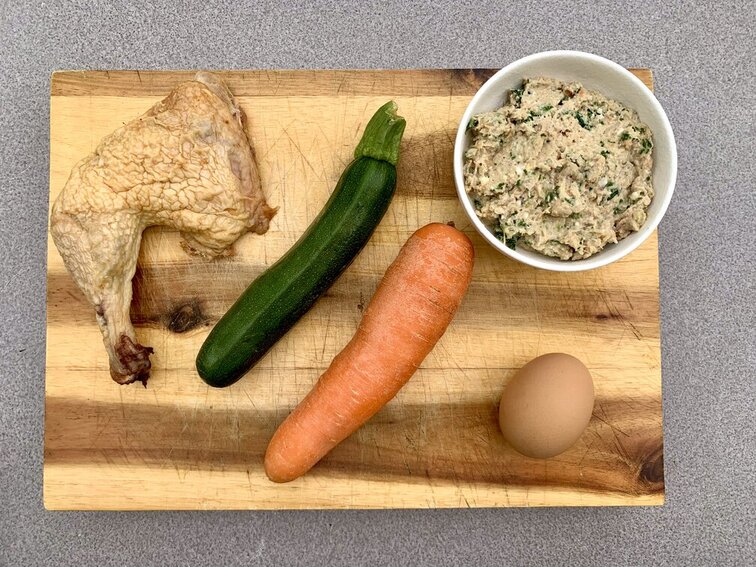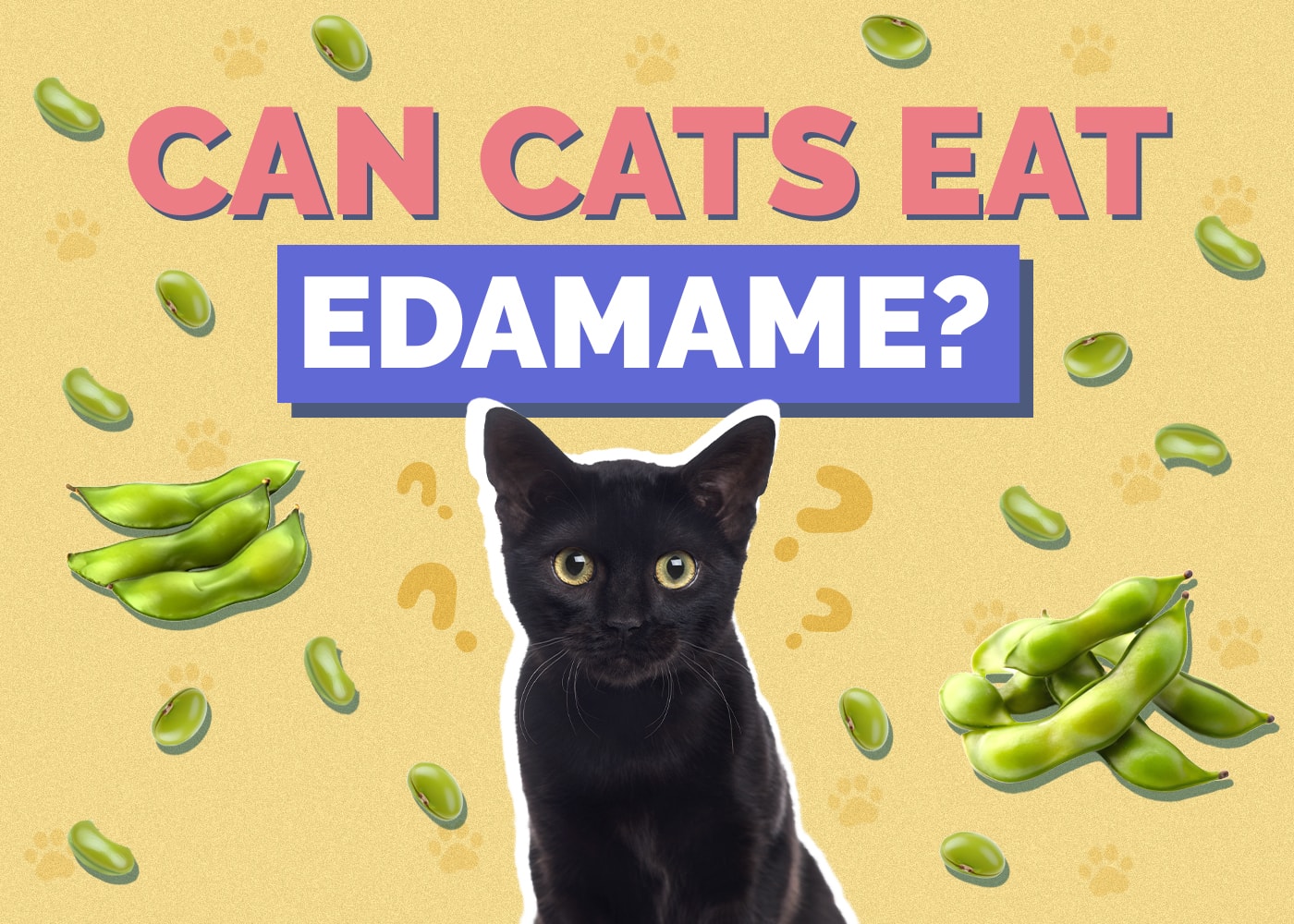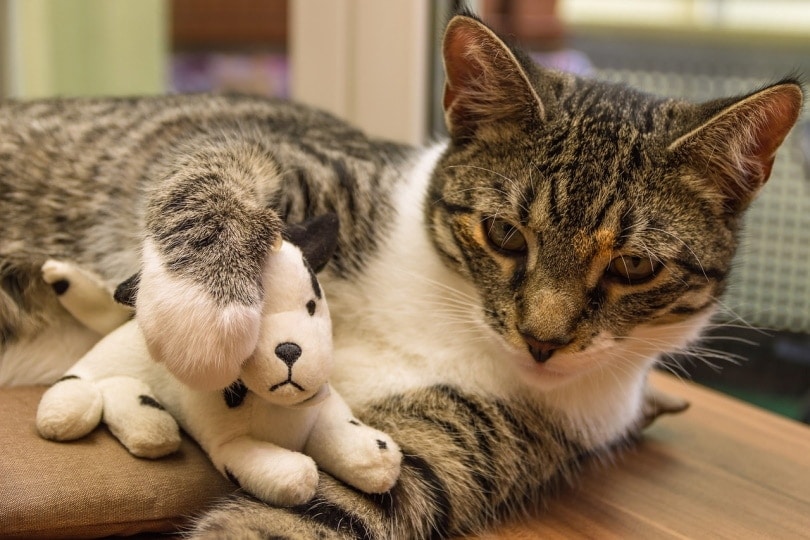Can Cats Eat Pasta? Vet-Reviewed Nutrition Facts & FAQ
Updated on

Pasta is an all-around favorite food on essentially every continent due to its accessibility, ease of preparation, and tasty starchiness. Of course, we all want a chance to share some snacks with our cats, which could make you wonder if pasta is safe and appropriate for your cat to nibble on. Here’s everything you need to know about offering pasta to your cat in this article.
Pasta is not toxic to cats, but it is also not something cats should eat. Keep reading to learn more!
Can Cats Eat Pasta?

Pasta is typically made of only three ingredients–water, eggs, and flour. All these ingredients are not toxic for your cat, and the same is true when they are combined and turned into pasta. Be sure to check your pasta’s ingredients list, though. Sometimes, pasta may have other ingredients added, like onions, garlic, or other flavors or seasonings that are actually toxic to your cat. Always check the ingredients list if your cat accidentally eats some human foods and be sure to avoid feeding anything to your cat that was not made specifically for them!
Is Pasta Good for Cats?
Pasta isn’t beneficial for cats, and should actually be avoided. Cats are obligate carnivores, which means that most of their natural diet consists mainly of animal proteins and non-processed foods. Pasta is a processed food that contains very little protein. It’s high in starchy carbohydrates and typically low in fat. Cats need their primary diet to be very low in carbohydrates and moderate in unprocessed fat content.
How Much Pasta Can My Cat Eat?

Pasta should not be a treat for your cat, and it should certainly not be part of your cat’s daily diet. This is not a food item that should be offered as a treat to a cat. Pasta is calorie-dense and not nutritionally appropriate for your cat. If you offer your cat a single spaghetti noodle or half a piece of penne, there is no risk of you creating nutritional deficiencies or causing your cat to become overweight or obese. However, if you are offering your cat pasta regularly, you will be doing more harm than good for your cat.
It’s not uncommon for us to love our pets into having illnesses by feeding them treats and foods that are not appropriate for them. Pasta is no exception to this. Cats have low caloric needs due to their small size, and pasta is full of carbohydrate-derived calories. It is not a nutritionally sound food for them to rely on to meet those needs.
Are There Better Treats for My Cat Than Pasta?
There are many better treat options for your cat other than pasta!
Since cats are obligate carnivores, they love meaty and fresh treats. Lean meats, like boiled or baked chicken and fish, are ideal options. You can also offer things like pork, lamb, and beef in small quantities, as a treat. Other foods you might have around the house that are safe for your cat in small quantities include sardines and eggs.
All treats should be plain and baked, boiled, or freeze-dried. Be mindful of how many calories you’re offering your cat in treats per day, though. Most cats need less than 260 calories per day, and treats should make up less than 10% of those calories. Treats should be limited to a nibble here and there, not something repeated multiple times throughout the day every day.

Conclusion
Pasta isn’t the ideal treat for your cat, but that doesn’t mean your cat won’t appreciate a little bit of noodles on occasion! It’s usually quite safe for cats when fed in moderation and not as part of the primary diet of your cat.
Always check the label of your pasta before offering it to your cat. There could be ingredients added beyond the normal flour, water, and eggs that could be dangerous to your cat’s health. If there are added ingredients and you’re unsure if they’re safe for your cat, go for a different treat.
When feeding pasta to your cat as a treat, make sure to only offer cooked pasta. You should also only offer plain pasta. Avoid giving pasta with sauce on it, as many ingredients in pasta sauce can cause issues for kitties. Ideally, any pasta you offer your cat should also be free of added oil and salt.
See Also:
- Can Dogs Eat Pasta? Vet-Approved Nutrition Facts & Safety Guide
- Can Cats Drink Gatorade? Vet Approved Facts & FAQ
Featured Image Credit: Anestiev, Pixabay















